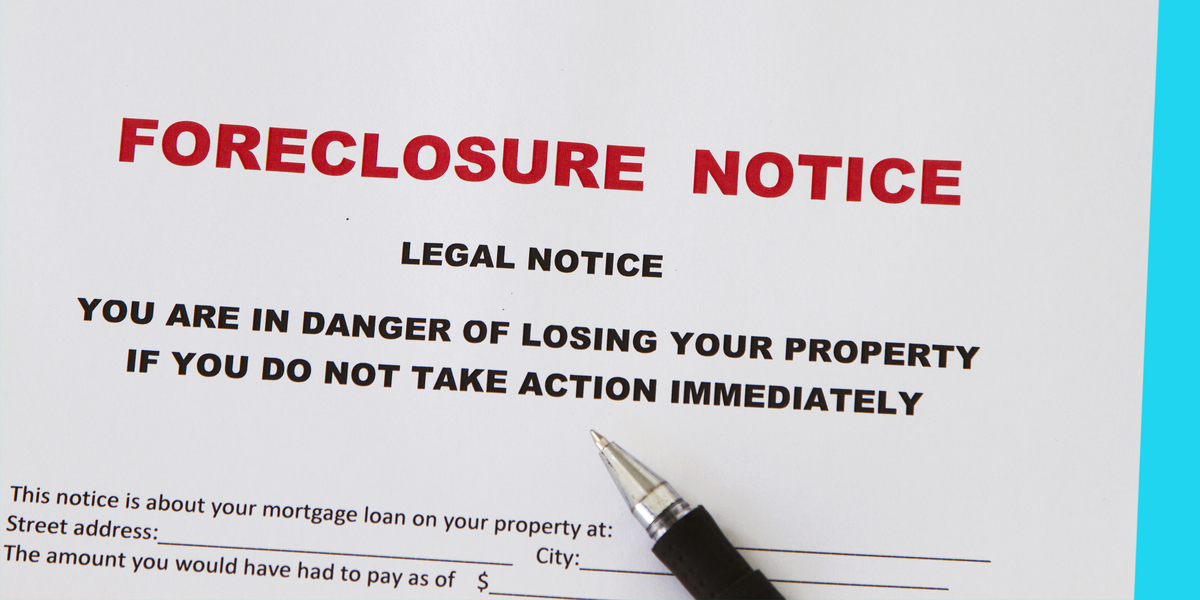Writing A Hardship Letter To Stop Foreclosure
The U.S. Government believes that if homeowners are facing the threat of foreclosure, there are a number of things that they should do. The first is to make sure that they stay in direct communication with their lenders, rather than ignoring them in the hopes of the problem simply vanishing at some point. If they receive any requests, or if they receive any court documents, these must be responded to as soon as possible. However, the U.S. Government also believes that people should be able to stay in their homes. So much so, in fact, that the government has rendered those who leave their property incapable of receiving any help. This is quite significant, both for lenders and borrowers.
The problem with forcing people to remain in their homes is that they often stop treating the property properly. Lenders who have had to foreclose on homes have often found them to be in a state of significant disrepair and squalor. This is a terrible situation in and of itself, but it is one that may be able to work in your favor to a degree. Indeed, if you write a hardship letter to stop foreclosure, you can cite the fact that it means your lender will not be left with a neglected property. However, you must be very careful with this, as threatening or blackmailing your lender in any way will not go in your favor.
Before Writing the Hardship Letter to Stop Foreclosure
Before you write a letter of hardship, consider whether there is other help out there first. For instance, you may be approved for a Housing and Urban Development (HUD) program. These are counseling agencies that can help you find solutions to your problems and help you stay in your home.
Content of the Hardship Letter to Stop Foreclosure
If you do find yourself in significant hardship, then you may want to consider writing this type of letter. You should make it clear which property you are discussing and when you first started to own it. Explain that, as of a certain date, you started to fall behind on payments and that this is because of a certain situation. Detail the causes of your hardship, such as loss of a job, medical bills, or death in the family, and make sure they are dated as well. Indicate that, as a result of this hardship, you have not been able to keep up with your mortgage payments, stating how much they are.
Explain that you hope to be able to avoid foreclosure. State that your home is not currently on the market and that you would like to remain in it. If you do want to sell your property, explain that it has been listed since a certain date and for what price. If you want your lender to approve a short sale, this is important information.
Next, you should offer a solution. This could be a temporary loan modification, for instance. Be to the point and factual, so that your lender is not left with any unanswered questions.
Hardship Letter To Stop Foreclosure Example
{Your Name}
{Your Address}
{Your Phone Number}
{Creditor Name}
{Address}
{Address}
{Date}
RE: stopping foreclosure on {address of home}
To Whom It May Concern:
I am writing in the hopes that this letter will help to stop the foreclosure proceedings on my home at {address}.
I have owned this home since {date}, and have recently begun to fall behind on payments due to financial hardship. This hardship was caused by {details of the hardship; could be medical bills, death, job loss, etc.} and has left me unable to keep up with the mortgage payments of {amount in dollars} per month.
I would like to avoid foreclosure. I {am/am not} committed to staying in my home. My home {is/is not} on the market. {If it is on the market, indicate the current asking price, and if you are requesting approval of a short sale}.
{If you are trying to consolidate or restructure your loan, indicate that here, along with any plan you have in mind for doing so} .
I have attached all my relevant financial documents, including {list of what you’re attaching}. I hope we can work together to avoid the complications and price of foreclosure.
Please contact me at your earlier convenience.
Sincerely,
{Sender Name}










